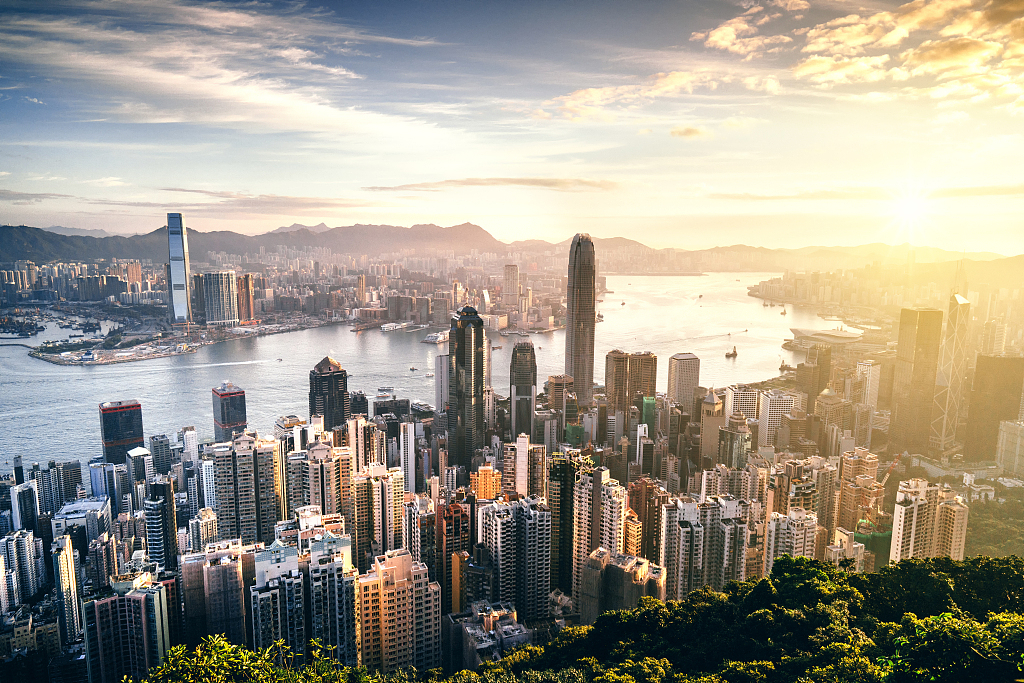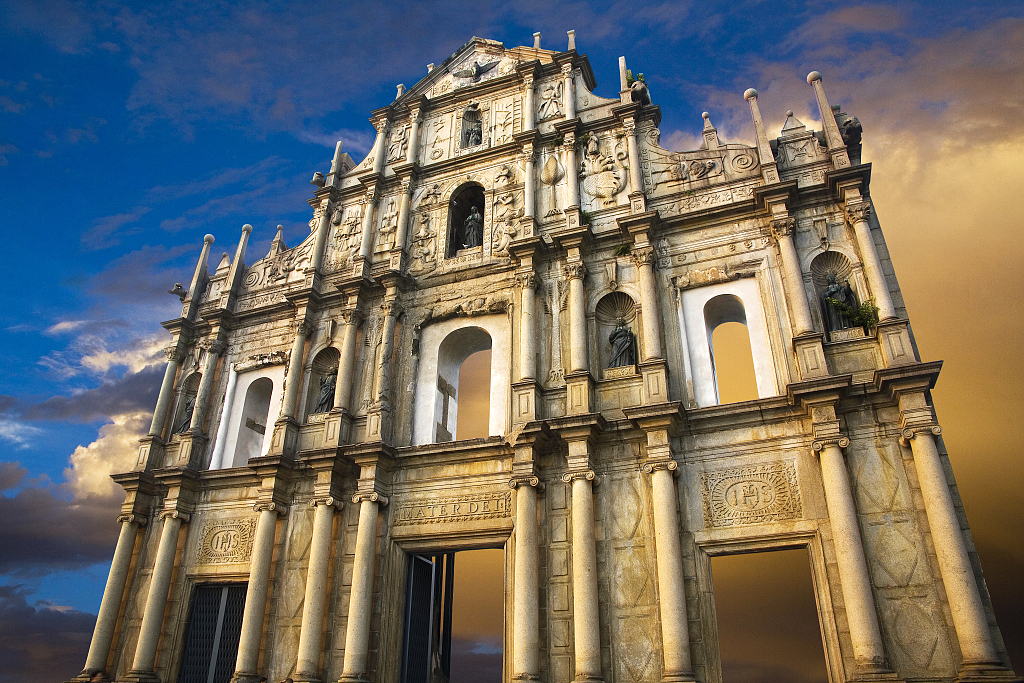Inbound tourism to the Chinese mainland continues to grow, the China Tourism Academy said in a report released on Wednesday.
It said the inbound tourism market had bounced back from the three years of declines it experienced from 2011 to 2014.
In 2018, the number of inbound trips made by visitors from foreign countries as well as Chinese regions — Hong Kong, Macao and Taiwan, to the Chinese mainland reached 141 million, up 1.2 percent year-on-year.
Revenue generated by the sector has also been rising, hitting about 127 billion U.S. dollars last year and tipped to top 130 billion U.S. dollars this year.

Aerial view of Hong Kong, China. /VCG Photo
Aerial view of Hong Kong, China. /VCG Photo
"Asia remains the main supplier of travelers to the mainland," Liu Xiangyan, a researcher at the academy, said at a news conference in Beijing on Wednesday.
"Regions including Hong Kong, Macao and Taiwan are fundamental to the mainland's inbound tourism, as about 78 percent of inbound travelers are from these areas. As for foreign visitors, people from Asian countries account for 60 percent of foreigners visiting the mainland."
The report said the top 10 source countries and regions of inbound travelers in 2018 were Hong Kong, Macao, Myanmar, Vietnam, Taiwan, South Korea, Japan, the United States, Russia and Mongolia.
A report on inbound tourism released by the World Tourism Alliance in September showed that travelers from Hong Kong made 7.9 million trips to the mainland last year, down 0.5 percent year-on-year.

Ruins of St. Paul's in Macao, China. /VCG Photo
Ruins of St. Paul's in Macao, China. /VCG Photo
But the number of trips made by travelers from Macao was up two percent, those from Taiwan rose 4.5 percent and foreign visitors jumped 4.7 percent.
Dai Bin, president of the academy, said the inbound tourism market was hit by the economic downturn following the global financial crisis in 2008.
"The situation has improved since 2015," Dai said. "We've survived the toughest period."
He said further efforts were needed to improve inbound tourism offerings, adding that both tourism titans and small and medium-sized travel agencies should be encouraged to set up shops in the sector or offer more inbound tourist-friendly services.
"Take visa policy for example. We now offer foreigners 72- or 144-hour visa-free transit services, but more detailed things should be carried out, like tax reimbursements, to ensure they have good travel experiences," he said.
"Also, we need to have more inbound tourism-based enterprises operating under market principles, no matter whether they are large companies or small ones. They are worthy of the government's attention and help as long as they are good for the development of inbound tourism."
(Cover: Foreign tourists at the Palace Museum, also known as the Forbidden City, in Beijing. /VCG Photo)
Source(s): China Daily